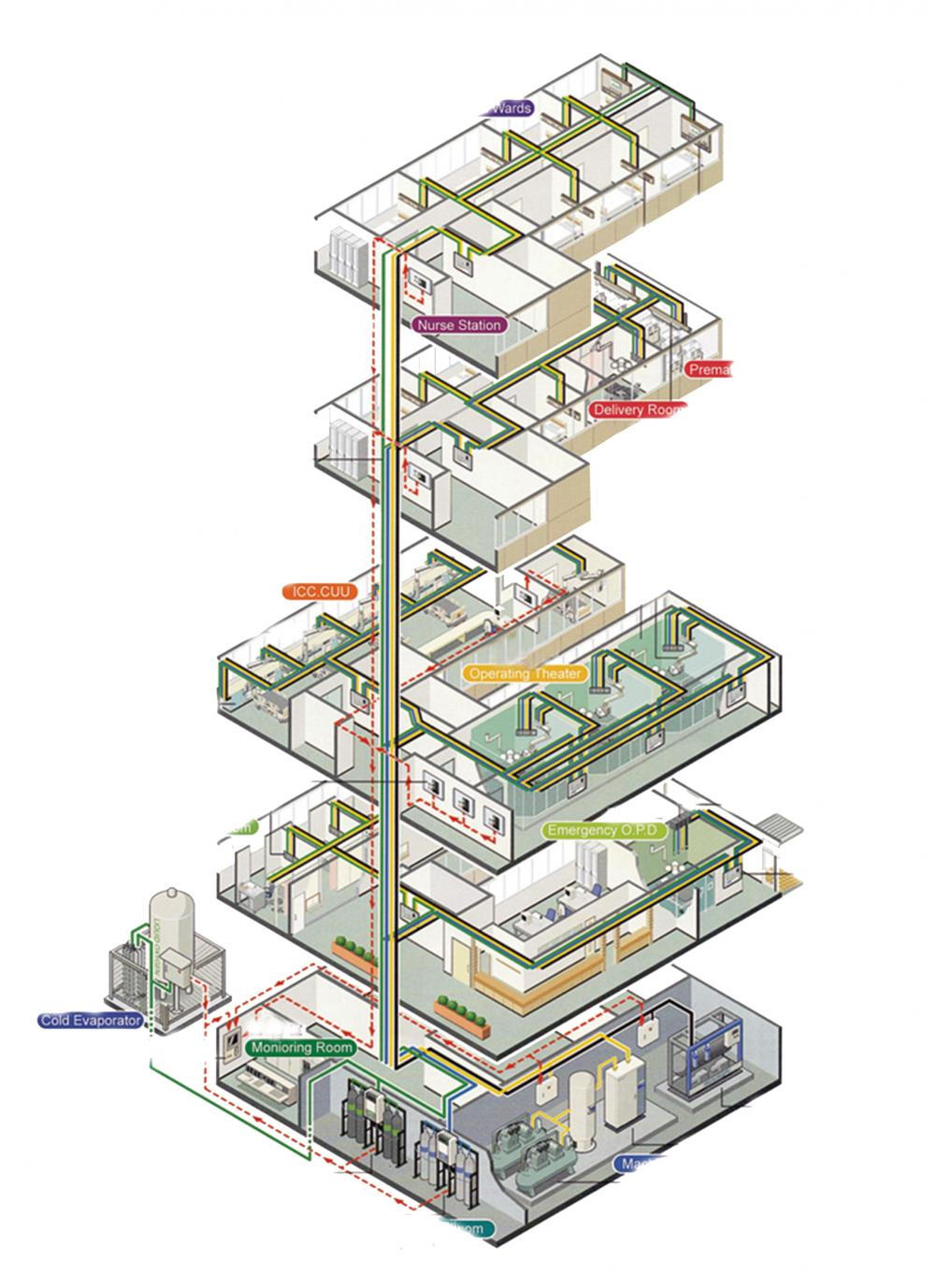1. Use suitable varieties. In close planting, it is necessary to choose a variety which is not easily curled by the leaves. The plants are indisputable and the harvesting period is not hollow. In addition, the cultivation density and variety should be selected based on the climate, soil conditions, and season of the cultivation area. Such as the four seasons radish, Lanxi radish.
2. Soil fertigation. Sandy loam or loam soil should generally be planted. Former crops such as rice, soybeans, vegetables, etc., should be cleared of pastoral areas in time and ploughed and dried. Large varieties should be more than 25 cm deep, and medium and small varieties can be slightly shallower. Land preparation should reach high levels, deep ditch, loose soil up and down, and moderate attainments. In order to prevent excessive bending and disease caused by excessive leaf growth, topdressing is mainly used in cultivation and basic fertilizer is not applied. For the control of pests and diseases, compost is not used for composting.
3. Fine sowing. The seeding rate of radish differs depending on the variety, seed plumpness, germination rate, sowing method and cultivation season. Before sowing, the seed quality should be strictly checked. Large and medium-sized radish varieties are broadcast in on-demand, about 0.5 kilograms per acre; small varieties are sown or drilled, with 0.8 to 1 kilogram per acre. When sowing, broadcast 3 to 4 seeds per hole to prevent seedlings from being seeded, spread evenly when sowing, and keep the soil moist after sowing. To prevent convulsions, bury it deeply when sowing and try to make the seedlings evenly distributed.
4. Closely planted. According to the sowing date and harvest period, select the variety and spacing. Seed sowing from late June to mid-July, harvest in September, select the leaves less variety, according to 66 cm 24 (or 22) cm line spacing, planting 4200 ~ 4600 per acre. Seeds are sown from mid-July to early August, harvested from late September to October, and cultivars with slightly lush foliage are selected. It is better to plant more than 4,600 trees per acre with a plant spacing of 66 cm 22 (or 20) cm.
5. Topdressing watering. The correct application of fertilizer and water can make the balance between the ground and the underground growth, which is the key to obtain high quality and high yield of radish. In management, the strong growth of leaves and roots should be promoted in the early stage, which will lay the material foundation for the later expansion of fleshy roots. After the radish fleshy root begins to swell, that is, after the belly is broken, it can be combined with water applied into the decomposed human excrement or biogas slurry, and the application of phosphorus and potassium fertilizers to promote the transport and accumulation of nutrients. However, when nutrition grows to a certain degree, it must be controlled to promptly transport nutrients to the storage organs. During the period of rapid enlargement of the fleshy root, it is necessary to ensure that the leaves have a longer life span and stronger viability so that they can produce more nutrients and ensure the enlargement of the fleshy roots.
6. Weeding and weeding. After emergence of radish, before the plant is sealed (this work should be stopped after the radish seal line is closed), in case of rain or water causing soil compaction, cultivating and weeding should be carried out in time.
7. Spray pest control. Prevention and control of radish pests should be as soon as possible spraying preventive pesticides. The main diseases of radish are black rot and soft rot. Black rot should be prevented through agricultural measures such as seed disinfection, crop rotation, and enhanced ventilation; if it occurs, agricultural chemicals such as streptomycin can be used for irrigation and control. Soft rot can be used against 500-800 times the enemy Kesong in the evening pouring water. The main insect pests are aphids, cabbage caterpillars, etc., and can be sprayed with a vegetable, Bt and other agents.
8. Appropriate harvest. Radishes are harvested at different times because of different varieties and sowing time. The harvest period is usually after the fleshy root is sufficiently enlarged. The harvest is too early and the yield is low; it is too late, and it is prone to frost damage or cruelty and lower quality.
The
medical central gas supply system plays a significant role in modern hosptial.
The appropriate design and setup of medcal gas equipment are essential for the
hospitals to ensure medical quality, as well as to save the lives and ease the
pain of the gas station,Bed Head Unit,gas terminal, electrical system,nusre
call system, medical pipelines and auxilliary equipment system.

Central Gas Supply System
Central Gas Supply System,Hospital Central Gas Supply System,Hospital Gas Supply System ,Medical Gas Supply System
Hunan Eter Electronic Medical Project Stock Co., Ltd. , https://www.eter-tech.com